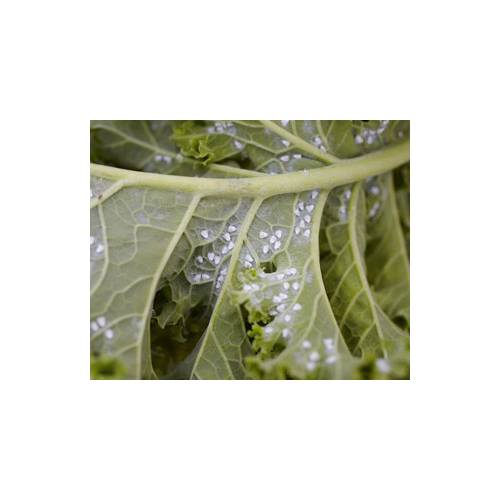
Parasites and insects
White flies
- Details
-
Whiteflies are more exactly known as "aleyrodidae". You will more easily notice their presence than their damage!
The symptoms
In brushing the leaves, small white midges fly away and land on the leaves' undersides, a few inches away. The attacked leaves show signs of stings, and have a grey underside. The upper sides of the leaves seem intact.
Lifecycle
Whiteflies spend the winter hiding in sheltered spots such as cold frames or garden sheds. When the temperature becomes warmer in the spring, they reproduce on the leaves' undersides of their favourite plants and proliferate until the autumn.
How to fight whiteflies
The best way of fighting against an infestation of whiteflies, consist in pulverising an insecticide, such as a pyrethrum extract, on the most damaged leaves. The presence of a few of these insects is not so serious. It is only if the plant starts to wither that you must intervene. It is also possible to act preventatively by spraying a garlic decoction on the underside of the leaves. This soft approach is particularly useful in the kitchen garden, on the vegetables where the whiteflies can be found in large numbers during humid and hot summers.
How to avoid whiteflies
This stinging insect proliferates in small, confined areas. Ventilating the cultivation for example in polytunnels, cold frames and greenhouses, limits their reproduction. It is best to avoid growing plants sensitive to white flies grouped together, which favours contamination from one plant to another. On the contrary, you must vary and mix the different types of plants if attacks from white flies happen year in, year out.
Good to know
Whiteflies have a few plants of predilection. Under shelter, tomatoes are most susceptible to them. Therefore, one must regularly inspect plants grown in this manner, from mid May onwards. - Photos (1)

